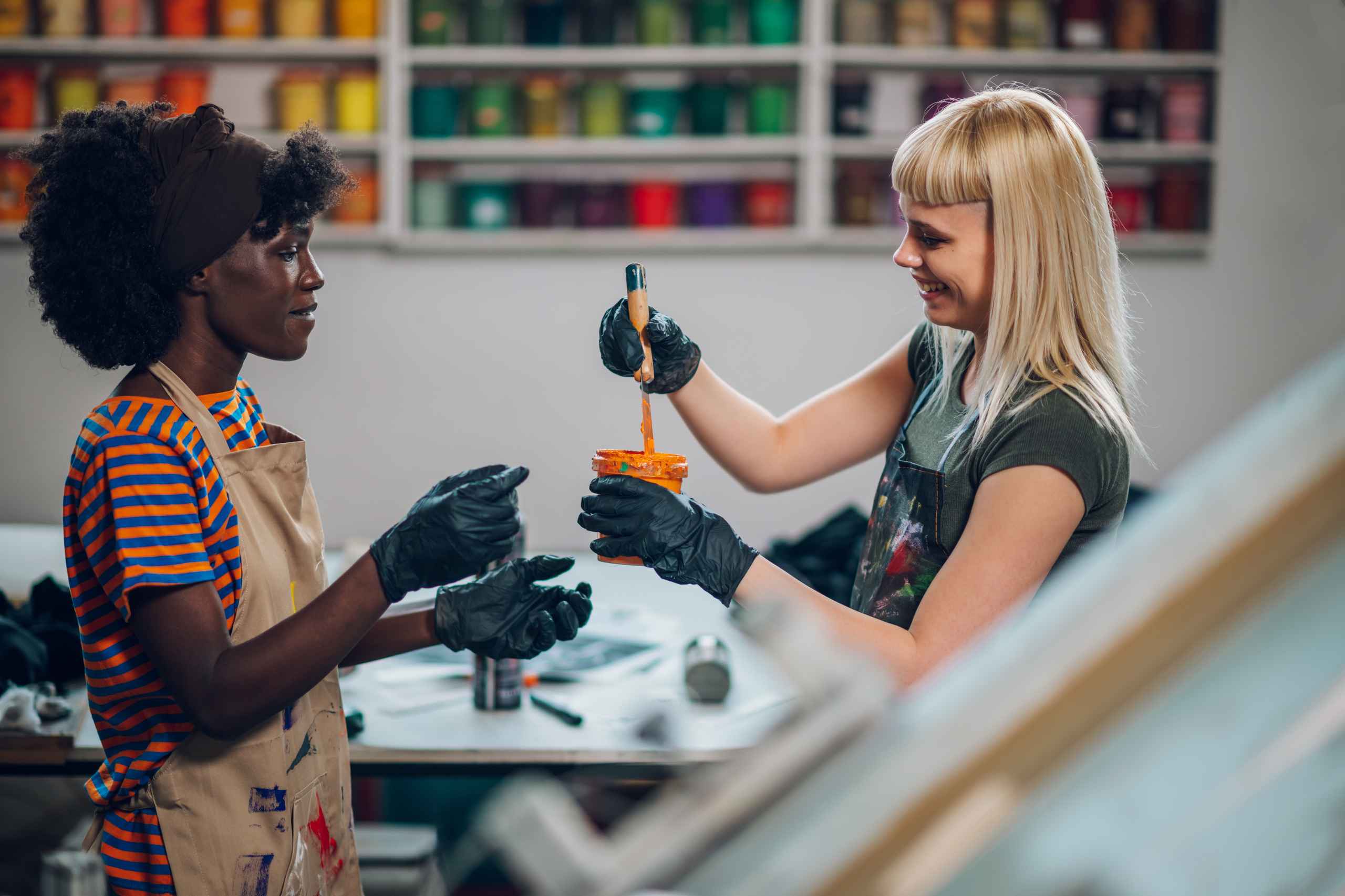Upcycling your wardrobe is a fantastic way to give old clothes a new life, reduce waste, and express your personal style. But where do you start if you’ve never picked up a needle or sewing machine before? Fear not! Mastering a few essential techniques can open up endless creative possibilities.
In this article, we’ll explore five fundamental upcycling techniques that anyone can learn — each one a building block to transform your old garments into unique, fashionable pieces.
1. Patchwork and Fabric Appliqué
Patchwork is one of the most accessible and visually striking upcycling methods. It involves sewing pieces of fabric onto your garment to cover holes, stains, or simply add decorative flair.
- Why it works: Patchwork is both functional and artistic. You can use scraps of fabric in contrasting colors or patterns to create bold, eye-catching designs.
- Tips for success: Use a sewing machine or hand-stitch for a more rustic look. Iron-on patches can be a quick fix but sewing them on adds durability.
- Creative ideas: Mix denim patches on a jacket, add floral appliqués to a plain shirt, or create geometric shapes on pants.
2. Embroidery and Decorative Stitching
Embroidery is a timeless craft that can instantly elevate your garments. Beyond just repairing, it lets you personalize and embellish your clothing.
- Why it works: Embroidery allows for infinite customization — from delicate florals to bold slogans.
- Tips for success: Start with simple stitches like running stitch or satin stitch. Use embroidery hoops to keep fabric taut.
- Creative ideas: Add embroidered names or symbols to collars, cuffs, or pockets; cover small tears with artistic motifs.
3. Dyeing and Fabric Painting
Changing the color or adding designs with dyes and fabric paints can completely refresh tired clothing.
- Why it works: It gives old clothes a vibrant new life and lets you play with color gradients, patterns, and textures.
- Tips for success: Use natural or fiber-reactive dyes for longer-lasting color. Always test a small patch first.
- Creative ideas: Try tie-dye techniques, dip-dye hems, or paint abstract patterns with fabric paints.
4. Deconstruction and Reconstruction
This advanced technique involves taking garments apart and rebuilding them into something new and exciting.
- Why it works: It allows you to radically transform the shape and style of clothing, creating truly one-of-a-kind pieces.
- Tips for success: Start by carefully removing seams, then experiment with combining pieces from different garments.
- Creative ideas: Turn a dress into a skirt and top set, or combine sleeves from one shirt with the body of another.
5. Adding Functional Elements
Upcycling isn’t only about aesthetics — sometimes adding new functional elements can make clothes more wearable and appealing.
- Why it works: Functional modifications improve fit, comfort, and versatility.
- Tips for success: Learn basic techniques like adding zippers, buttons, or elastic bands.
- Creative ideas: Add pockets to plain dresses, insert elastic waistbands for comfort, or replace worn buttons with colorful alternatives.
Getting Started with These Techniques
If you’re eager to try these methods but unsure where to begin, our Creative Upcycling Lab offers guided lessons, detailed tutorials, and project ideas tailored to all skill levels. You’ll build confidence with hands-on practice and join a community of makers supporting each other’s growth.
Remember, the key to upcycling is to experiment, make mistakes, and have fun along the way. Each stitch, patch, or splash of dye is a step toward a more sustainable, creative wardrobe.
